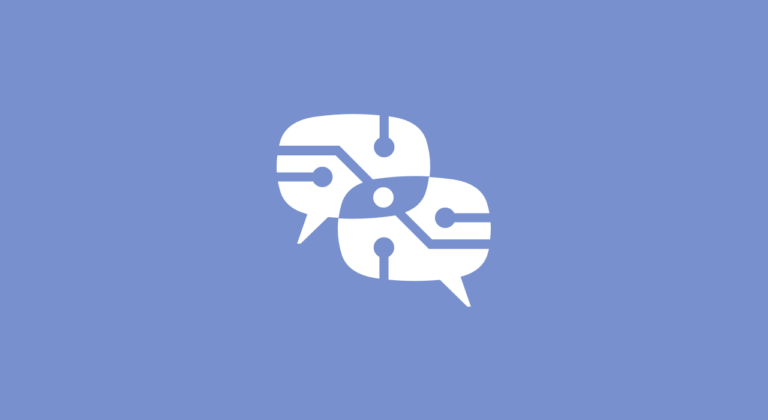I have designed some great websites over the years. I have designed some bad websites over the years. But what stays the same is the mindset at the beginning of each project. To do the best that I can within the parameters that I am given.
As a designer I look and think about things differently. I was taught it was called problem solving. Over the years i am not sure that it quite captures the essence of what i do on each project. My mind is compartmentalized into various categories. I can almost rearrange them like a site map. I can access this set of tasks, singular or plural and engage the process that is connected to each one.
I am fortunate enough to have access to a huge knowledge database of completed projects that range from million dollar projects down to a few hundred dollars. Covering all kinds of clients and industries and using every kind of technology
Design skill. creativity. technology. information. tool skill. Execution. Planning. Innovation. Knowledge. User experience.
When a project begins my brain lights up with the possibilities. With great hope I reference each task and hope that I will get to use them. During the first phases of a project I can quickly eliminate the tasks that I will or won’t need, depending upon any number of factors such as budget, timeframe, target audience and client.
Within minutes pieces of information can be accessed, assessed, discarded or implemented. Within minutes I can see a number of ways to embark upon solving the problem. The discard pile builds very quickly at the beginning of a project, while along the way it can easily be accesses to ensure or change the direction of the solution.
The client is the wild card in the project affecting the success or failure of a project. Clients have the ability to completely destroy a project, and they have the ability to elevate a project to be the best it can possibly be.
So I began thinking about the best practices a client should utilize in order to achieve success.
Figure out what you are willing to spend.
You tell me yours and I’ll tell you mine. This is such a ridiculous game that all clients play. How much does a website cost? The answer to this basic question is such a range that it sounds silly each time I say between 5k and 100k+. Yes the swing can be that much.
So if you don’t know your budget before you talk to a web developer your expectations are already out of whack and you are starting out from failure from day one.
If you only have 1k to build a website, please don’t waste your time and the agency by talking about all the things you would like your site to do. Be up front about how much budget you have and what your expectations are. Starting off honestly is best for everyone.
Talk openly and honestly about your budget
The more open a client is about their budget constraints the better a designer can create the best solution for that budget. A low budget does not mean the project has to suffer. Having a tight budget can often create the possibility for a more creative solution.
Hire and get out of the way
Trust the designer that you hire. Or don’t hire one. If you don’t trust the designer go back to the drawing board and find a designer that better suits your project.
Be realistic about timelines
I want it tomorrow. I hear this all the time. Getting a project completed quickly can be achieved. But inexpensive, fast and good too? You must have heard that you can choose only two. This is an absolutely true adage.
When deciding on your timeline think about when you would like the project and then triple it. It will help create better outcomes and better relationships. Then when you really need a project quickly honesty is the best policy.
Understand that while content is king, communication trumps all
Be honest. Always. About your goals, pressures, needs and above all about the design. If you don’t like it say so.
Discuss problems early and often
if you don’t like something, or feel something isn’t going in the correct direction, bring it up and chat about it. 5 minutes can easily put a project back on track.
Don’t try and design
Please stop trying to design and telling designers where to put things. Talk about what you don’t like, and let the designer solve the problem for you. Let the designer do their job. If you aren’t getting a response from the designer go back and hire the right designer for the job.
Stop using a committee to make decisions
Committee’s always cause the project to be longer and the end solution to be watered down. Choose two or three people at most to lead the project and trust them to do their job.
Discuss the design with the designer
Stop talking about the design with the project manager, tech lead or other person involved. Talk with the designer directly. It will save time and money in the long run.
Too many meetings ruin a project
See committee’s comment above.
Remember no one wants to do badly
No one truly wants to do a bad job. But during a projected communication is bad and open and honest conversation is not happening then the interest in success will diminish exponentially.
If it feels like its going wrong. It is.
Yes that site is very nice, now let’s focus on your site.
Stop trying to replicate someone else’s website. Focus on your site and project. That way you will create a website that other people want to replicate.



